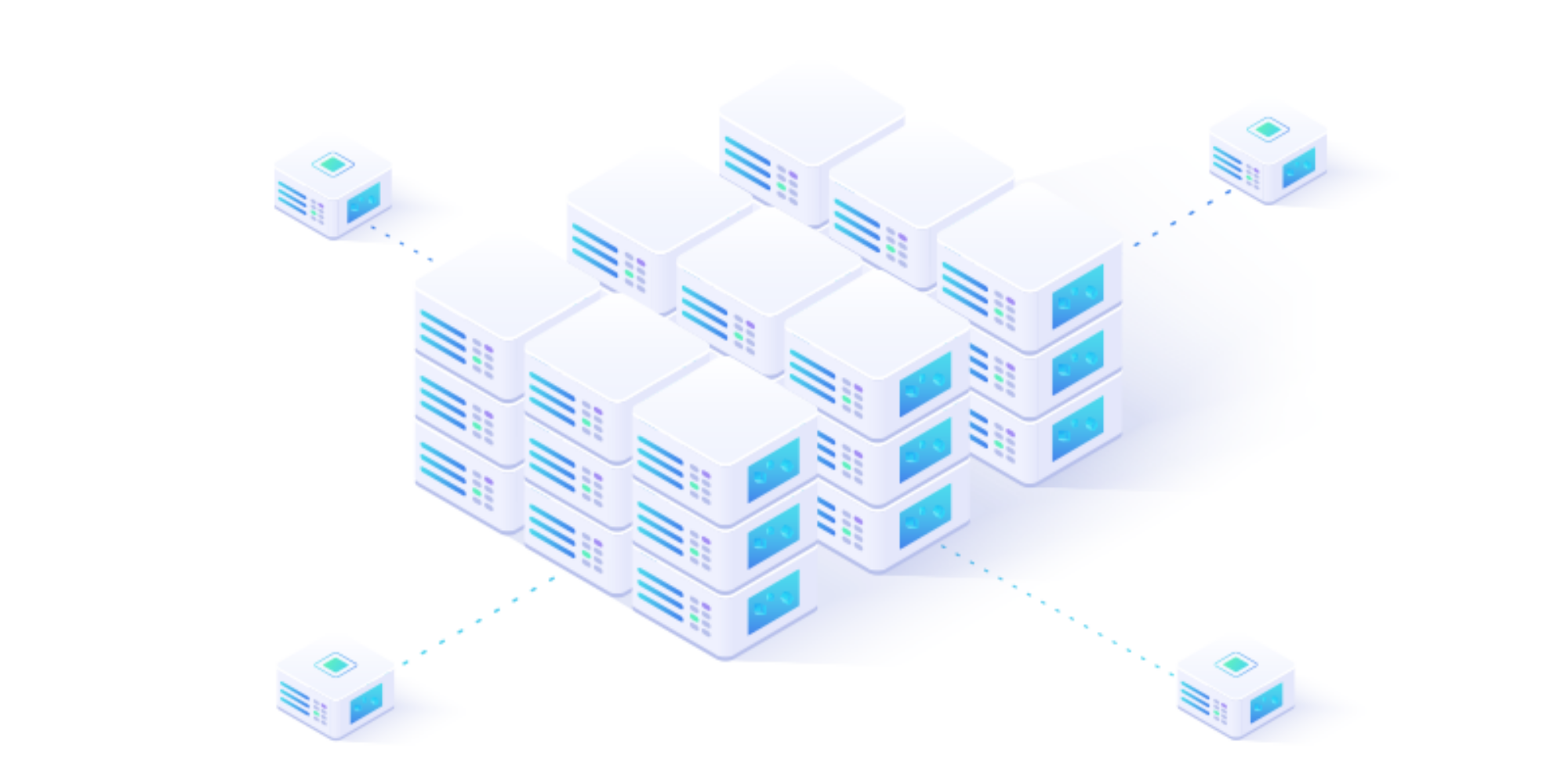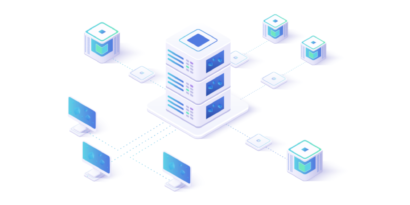
Data warehouses are becoming a standard in business analytics systems. It is a highly effective way of organizing and processing information related to the functioning of the enterprise, which helps to deal with the excess of data flowing from many sources. How does the construction and operation of a data warehouse look like in practice?
Why are data warehouses needed?
Data warehouses are advanced databases that are to collect, standardize and process information from various sources to support decision-making processes in an organization. The first versions of Data Vaults appeared in the 90s of the last century, and Bill Inmon is considered their creator.
Why was this concept even born? This is the result of the increasing amount of data flowing in from each side. This problem is noticeable in private life, but it is particularly acute in enterprises and other organizations. As a business grows, so does the amount of information related to it. These are:
- subsequent transactions carried out,
- company profits and expenses,
- employed workers,
- clients: past, present and future,
- material resources of the company,
- business contacts,
- business processes
… can be exchanged for so long. One thing is certain: the mere registration of all these events is not enough to have a sense of control over what is happening in the organization and to be able to consciously plan its development.
The result of this problem was the emergence of the concept of a system that would unify data from different sources, give them meaning and allow processing – so as to obtain valuable information from a business perspective. This is how data warehouses were created.

Data warehouse definition
What is the construction and functioning of a data warehouse? A typical data warehouse consists of:
- relational database, which is the “heart of the system”,
- ELT tools that allow you to extract, load and transform data to prepare it for further analysis,
- analytical functions – statistical analysis, reporting, data mining and others that allow information to be processed for specific purposes,
- tools enabling the presentation of data in the form of simplified visualizations.
It is worth knowing that the architecture of the data warehouse may be varied – depending on the size of the database itself and the needs of the organization.
There are several layers of information within a data warehouse. These are:
- data sources that reach the system are all files that are added to the warehouse, and then processed and standardized. These can be text files, XML files, spreadsheets, and many other data formats;
- the central data warehouse is where this information is organized and classified. So that they can be subjected to further analytical processes. The central warehouse is regularly updated so that the data warehouse provides current information,
- operational data warehouse – it is a kind of buffer zone of data warehouse, in which they are pre-processed in order to relieve the central data warehouse and ensure more efficient operation of the entire system. It is also worth knowing that operational data stores are updated with new information more frequently than the central warehouse, but the data is stored there only temporarily;
- thematic warehouses – they contain fragments of all data reaching the warehouse, which are “oriented” to a specific aspect of the organization’s activity. They may relate to sales, inventory, human resources, billing and finance, etc. They are tailored to the needs of individual units and departments of the company and allow for a closer look at individual areas.
Although the diagram presented above quite accurately defines the functioning of almost every data warehouse. Particular solutions may have different architecture.
In the context of data warehouse architecture, there are three basic types in terms of implementation. These are:
- centralized architecture. The simplest of all and without operational data storage layers and thematic warehouses. It is easier to create and administer, while providing simplified access to information. Especially with a large range of data entered into the database, this architecture model may turn out to be inefficient. This is due to the necessity to perform all modifications and queries within one central database;
- federal architecture. This is one of the varieties of distributed architecture, which uses a buffer in the form of operational data stores, as well as one layer of thematic warehouses. As a result, the system becomes more scalable, more resistant to failures and works faster than centralized architecture. However, it places greater demands on construction and maintenance, and makes modification of the analytical processes more demanding;
- multi-tier architecture. It is the most complex model, with several tiers of local thematic data warehouses. Each subsequent level contains either a copy of the data from the previous layer or its summary. Thanks to this, the system is very efficient, but also complicated and demanding to implement.
How can data warehouses function in a company
Data warehouses are widely used in business processes. They are the basis of modern analytical tools. They can function as an important element:
- analysis of market trends and consumer behavior, i.e. supporting investment decisions with long-term consequences,
- fraud detection system. It allows you to reduce losses resulting from unfair behavior of employees, contractors or customers to a minimum,
- analysis of the profitability of activities based on historical data and trend analysis,
- enterprise resource management. A data warehouse gives full access to information about what is happening in the company in one place,
- automation of business processes.

Data warehouses have a wide range of business applications, and an investment in an information management system of this type may contribute to the optimization of costs and effectiveness of actions taken. It is worth getting acquainted with the mechanisms of data warehouse operation and considering their implementation in your organization.
Do you have any questions or are you looking for the perfect solution for your company?
Schedule a free consultation. Consult your company needs with our experts. Learn about solutions that will help your company improve business processes and ensure data security.



